The main uses of drill pipe are as follows:
Tripping the drill bit: sending the drill bit from the wellhead to the bottom of the well or lifting it from the bottom of the well.
Applying drilling pressure: applying the necessary pressure to the drill bit through the drill pipe to achieve drilling.
Transmitting power: transmitting the rotational power generated by the ground drilling rig to the drill bit downhole.
Transporting drilling fluid: transporting drilling fluid to the bottom of the well through the drill pipe to cool the drill bit and carry the cuttings back to the ground.
Special operations: such as squeezing cement and handling downhole accidents.
API 5D standard E75 to S135 steel grades, a series of oil drill pipes with outer diameters ranging from 2 3/8″ to 6 5/8″, as well as double shoulder joint drill pipes with high torsion resistance and BNK C95S drill pipes with special steel grades for sulfur-containing oil wells, are mainly suitable for the construction of deep wells, horizontal wells and large displacement wells in the process of oil and gas exploration and development.
Drill pipe is a steel pipe with threads at the tail, which is used to connect the surface equipment of the drilling rig and the drilling and grinding equipment or bottom hole device at the bottom of the drilling well. Drill pipe is used for the following purposes:
Transport drilling mud: It carries drilling mud to the drill bit and raises, lowers or rotates the bottom hole device together with the drill bit.
Withstands pressure and force: It must be able to withstand tremendous internal and external pressure, twisting, bending and vibration.
Drill pipe can be used many times during the extraction and refining of oil and gas. Drill pipe has two main functions:
Torque transmission: It is designed to transmit drilling torque from the surface of the drilling rig to the drill bit over long distances, often across miles.
Fluid circulation: It serves as a conduit for drilling fluid (also known as "drilling mud") to flow down from the surface and back into the wellbore. Drilling fluid is essential for cooling the drill bit, transporting cuttings to the surface, and maintaining pressure in the well.
Because drilling operations can reach depths of nearly 15,000 feet, different sections of drill pipe must be connected. This connection process usually involves welding threaded drill pipe joints (including female and male drill pipe joints) together to form a continuous length of drill pipe.
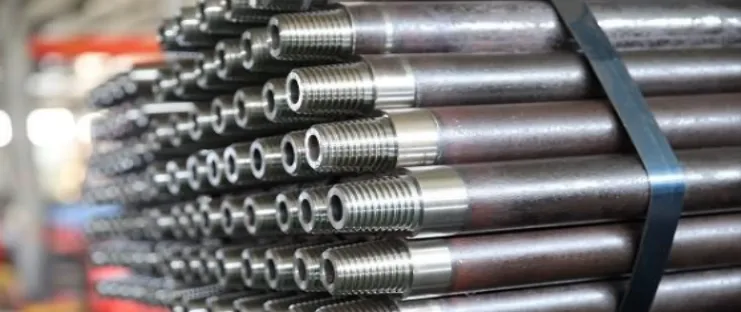
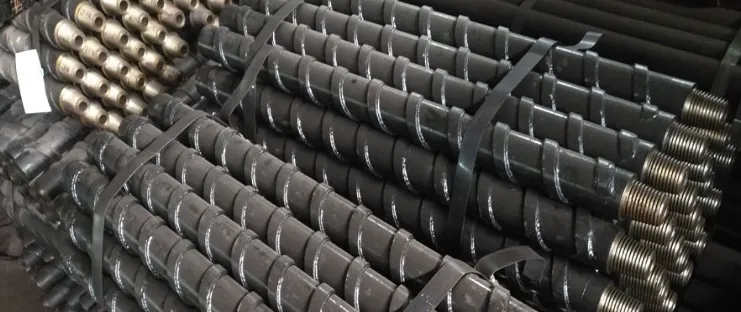






 English
English Español
Español بالعربية
بالعربية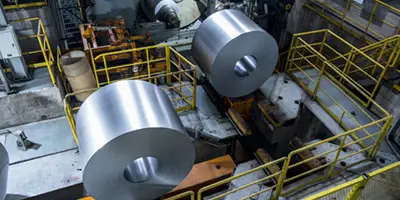

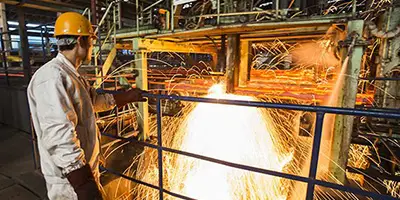
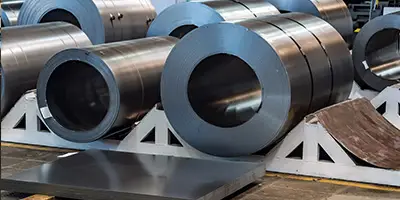

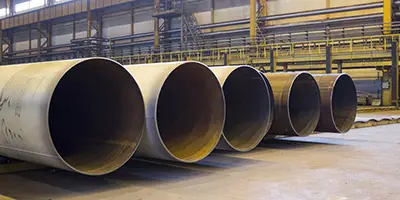

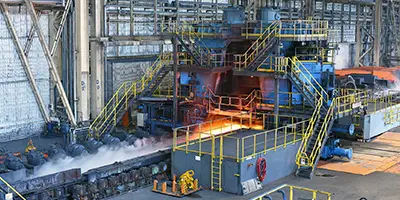
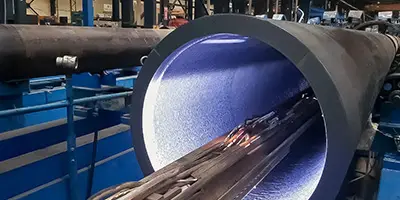
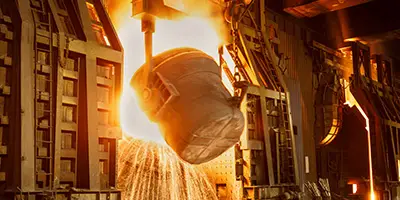

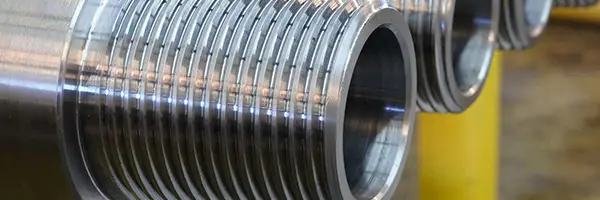
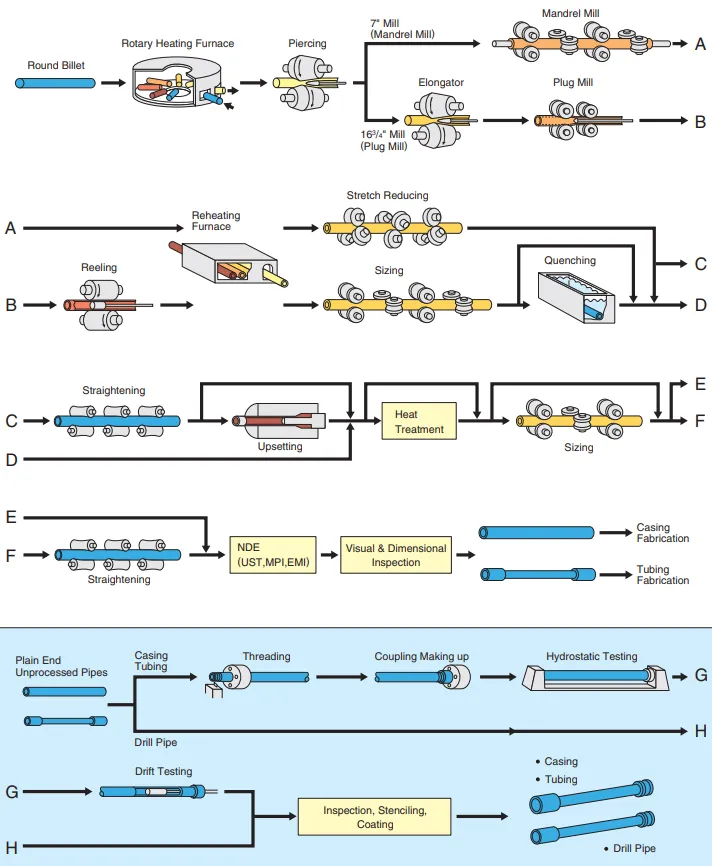


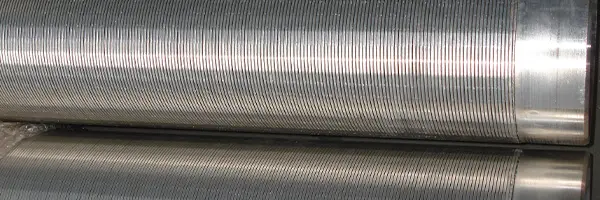
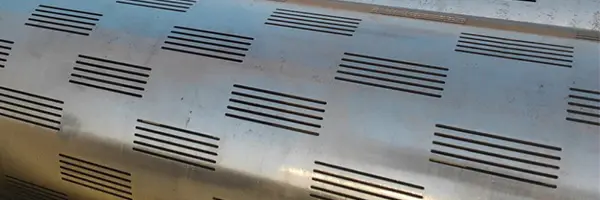
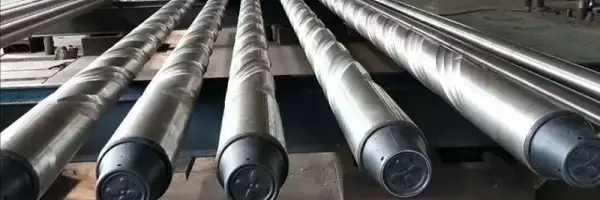
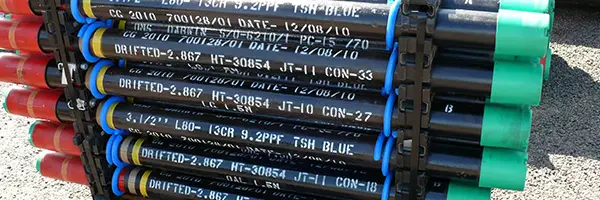
 Phone :
Phone :  Whatsapp :
Whatsapp :  Email :
Email : 


